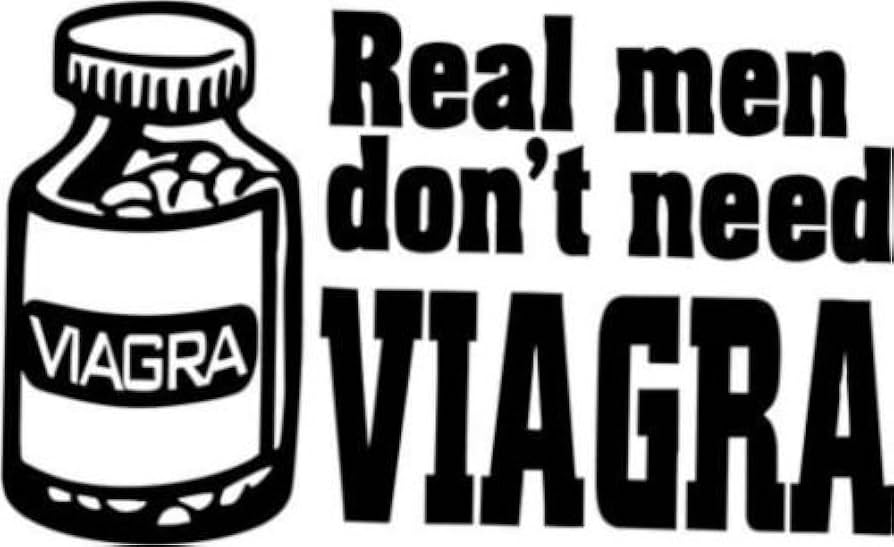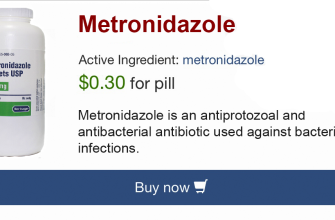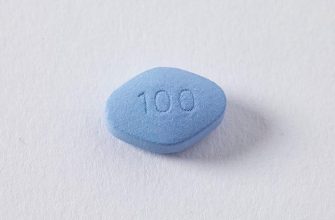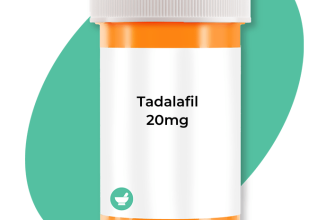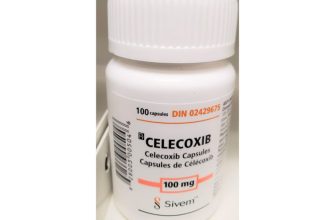If you’re considering purchasing Viagra, it’s crucial to pay attention to where you make your purchase. Reliable sources are fundamental for ensuring you receive the authentic product. Avoid online pharmacies without prescriptions; they often sell counterfeit or harmful versions of the medication. A few trustworthy options include well-known pharmacy chains or certified online services that require a medical consultation.
Make sure to do your research before finalizing your order. Check for certifications and read customer reviews to validate the pharmacy’s legitimacy. A clear warning window may indicate potential hazards associated with using unverified sellers. Don’t compromise your health for convenience; choose safety and peace of mind.
In addition, pay attention to the dosage and instructions provided with the medication. Follow medical advice regarding usage to avoid adverse effects and achieve the best results. With the right approach, you can manage your health proactively, ensuring a positive experience with Viagra.
- Warning Window: Buy Viagra Now
- Verify Online Pharmacies
- Consult Your Doctor
- Understanding the Risks of Purchasing Viagra Online
- Consultation and Prescription
- Potential Legal Issues
- How to Identify a Legitimate Viagra Supplier
- Steps to Take If You Encounter a Warning Window
- 1. Assess the Warning
- 2. Do Not Click on Links or Buttons
- 3. Run a Security Scan
- 4. Clear Browser Cache
- 5. Update Your Software
- 6. Seek Professional Help
Warning Window: Buy Viagra Now
When you encounter a warning window urging you to buy Viagra now, prioritize caution. This advice may stem from questionable sources or misleading marketing strategies. Always verify the legitimacy of the website and ensure it is licensed to sell pharmaceuticals.
Verify Online Pharmacies
Check for certifications and credentials like the Verified Internet Pharmacy Practice Sites (VIPPS) seal. Look for reviews and ratings from previous customers. Reliable pharmacies often provide a physical address and a contact number. If you can’t find this information, consider looking elsewhere.
Consult Your Doctor
Before purchasing Viagra, consult your healthcare provider. Discuss your medical history, current medications, and any potential interactions. This step ensures that Viagra is a safe option for you. Trust your health to professionals rather than online prompts.
Understanding the Risks of Purchasing Viagra Online
Buying Viagra online carries several risks that require careful consideration. One major concern is the authenticity of the product. Many websites offer counterfeit medications that may not contain the correct active ingredients, leading to ineffective treatment or harmful side effects. Always verify that the pharmacy is licensed and adheres to safety regulations.
Another critical aspect involves privacy and security. Sharing personal and payment information with unverified sites can result in identity theft or financial fraud. Look for secure websites that use encryption methods to protect your data. Additionally, ensure the site has a clear privacy policy explaining how your information will be used and stored.
Consultation and Prescription
Purchasing Viagra without a prescription raises health concerns. A healthcare provider assesses your medical history to rule out contraindications with other medications or health conditions. Avoid websites that do not require a prescription, as they may be disregarding professional medical standards.
Potential Legal Issues
Understand the legal implications of buying Viagra online, especially if you buy from foreign pharmacies. In some countries, receiving prescription drugs without proper authorization can lead to legal trouble. Familiarize yourself with local laws regarding online pharmaceutical purchases.
How to Identify a Legitimate Viagra Supplier
Check for proper licensing and certification. A reliable supplier should have a valid pharmacy license and comply with regulations set by health authorities.
Examine the website carefully. Legitimate suppliers have secure sites with clear contact information, including a physical address and phone number. Look for professionally designed websites with comprehensive product details.
Read customer reviews and testimonials. Genuine feedback can reveal the supplier’s reliability and product quality. Search multiple platforms for balanced opinions.
Look for a prescription requirement. Trustworthy suppliers will request a valid prescription from a licensed healthcare provider, signaling adherence to safety standards.
Compare prices. If the prices seem significantly lower than the average market rate, it could indicate counterfeit products. A fair price generally reflects product quality.
Research the manufacturer. Verify that the Viagra being sold is produced by a well-known and respected pharmaceutical company. This adds another layer of confidence in the product’s authenticity.
Check return and refund policies. A reputable supplier offers clear policies for returns and refunds, ensuring customer protection in case of issues with the product.
- Verify the supplier’s reputation through accredited organizations.
- Ensure they have a clear privacy policy to protect your personal information.
- Contact customer support with questions about the product; reliable suppliers are responsive.
Stay cautious of exaggerated claims. If a supplier promises instant results or cures that sound too good to be true, it likely lacks credibility.
In summary, thorough research and verification steps can reveal trustworthy Viagra suppliers. Using these guidelines helps ensure you receive legitimate products safely.
Steps to Take If You Encounter a Warning Window
If a warning window appears on your screen, follow these actions immediately to ensure your safety and protect your personal information.
1. Assess the Warning
Carefully read the message in the warning window. Determine if it refers to a specific issue, such as a security threat or a necessary software update. If the message seems vague or overly alarming, proceed with caution.
2. Do Not Click on Links or Buttons
Avoid clicking any links or buttons in the warning window. Often, these actions can lead to malicious websites or initiate unwanted downloads. Instead, close the warning window directly from the browser’s interface.
If the window does not close, use Task Manager (Ctrl + Shift + Esc on Windows or Command + Option + Esc on Mac) to terminate the browser process. This prevents any potential harm from proceeding.
3. Run a Security Scan
After closing the warning, run a security scan with reliable antivirus software. This helps in identifying and removing any threats that may have targeted your system during your browsing session.
4. Clear Browser Cache
Clear your browser’s cache and cookies to remove any potentially harmful data that could have been stored during your visit. Access your browser settings to complete this task.
5. Update Your Software
Ensure your operating system, browser, and security software are up to date. Regular updates often include patches that protect against new threats.
Keep an eye on your online behavior and reconsider the sites you visit. If warnings persist from specific websites, refrain from accessing them in the future.
6. Seek Professional Help
If you’re uncertain about the safety of your device after encountering a warning window, consult a professional. Technicians can provide a thorough inspection and additional advice to secure your system.

